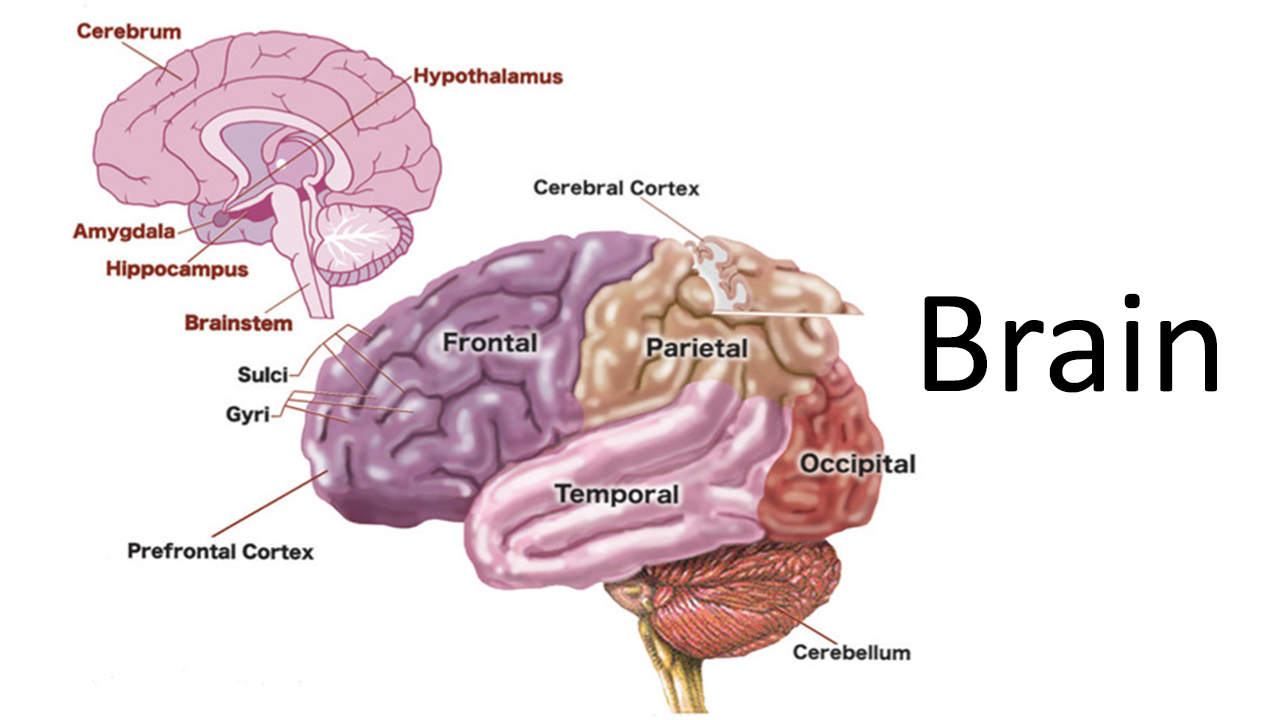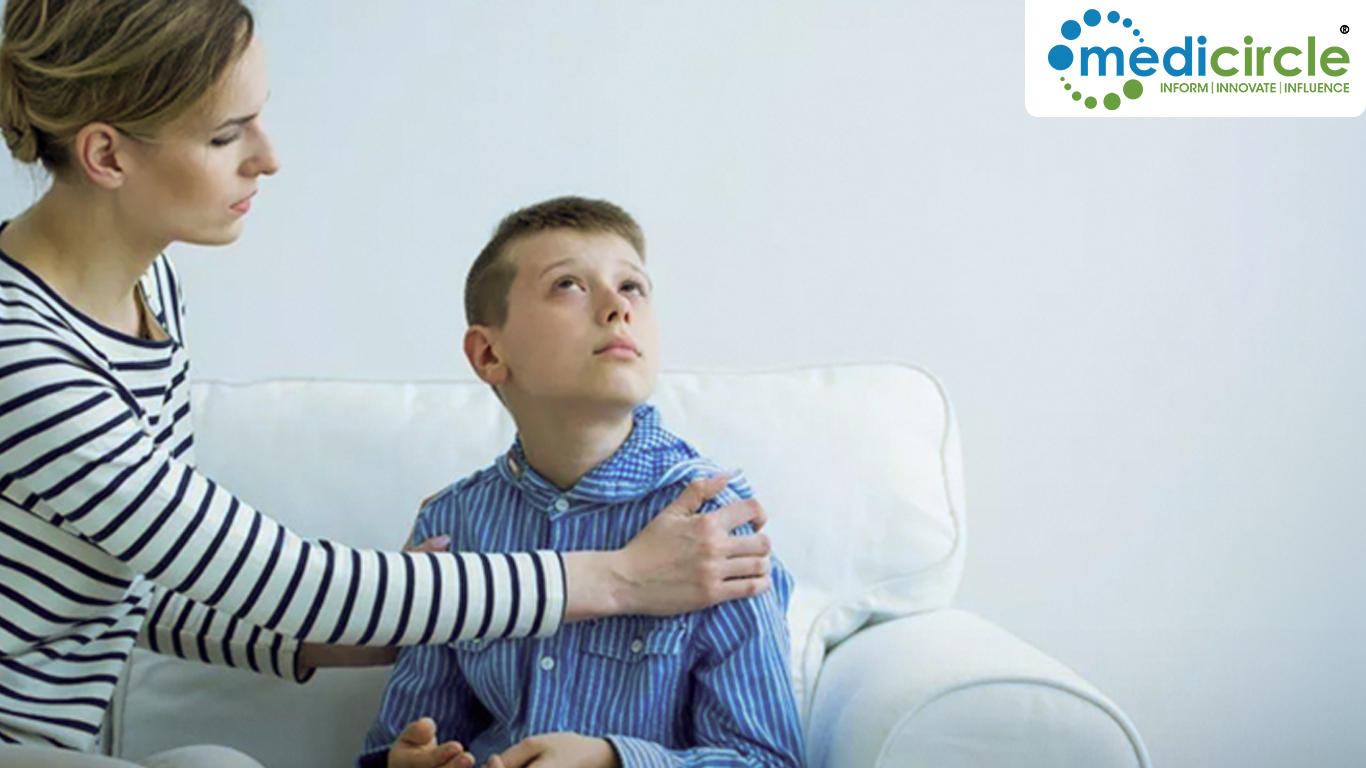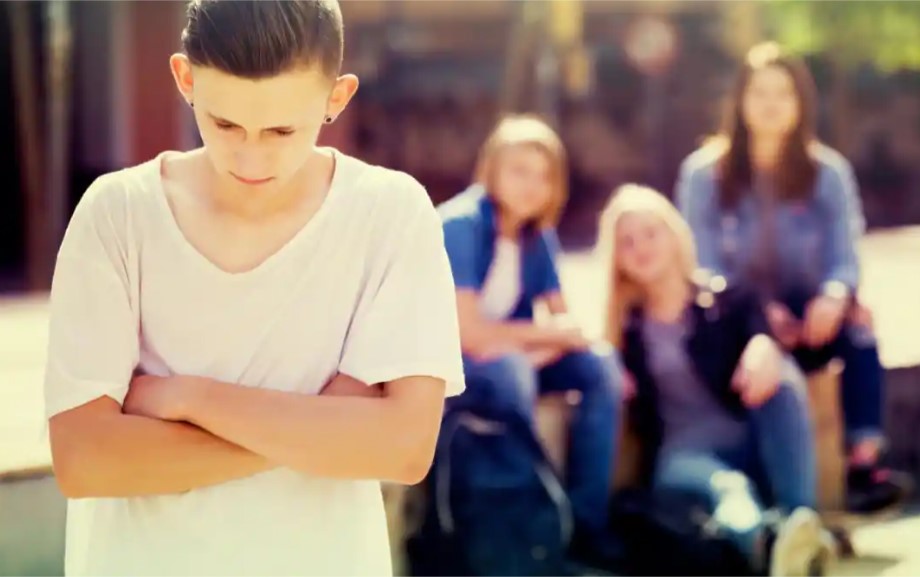In first of its kind study, researchers have found that the brain of a baby and that of an adult interact on the same level while at play. Measurable similarities were found in their neural activities suggesting that the adult and the baby experience similar brain activity in the same brain region while playing or indulging in any interactive activity.
In a study which was published in the journal Psychological Science, baby and adult brain activity fell and rose together as they shared toys and eye contact. The research was conducted at the Princeton Baby Lab, where researchers study how baby learn to see, talk and understand the world.
This approach could open doors to understanding how coupling with caregivers breaks down in atypical development – such as in children diagnosed with autism, or how educators can optimise teaching approaches to accommodate children’s diverse brains.

 When you are playing with a baby, your and baby’s brains are on the same wavelength.
When you are playing with a baby, your and baby’s brains are on the same wavelength.






.png)
.png)
.png)










.jpeg)



















.jpg)
.jpeg)